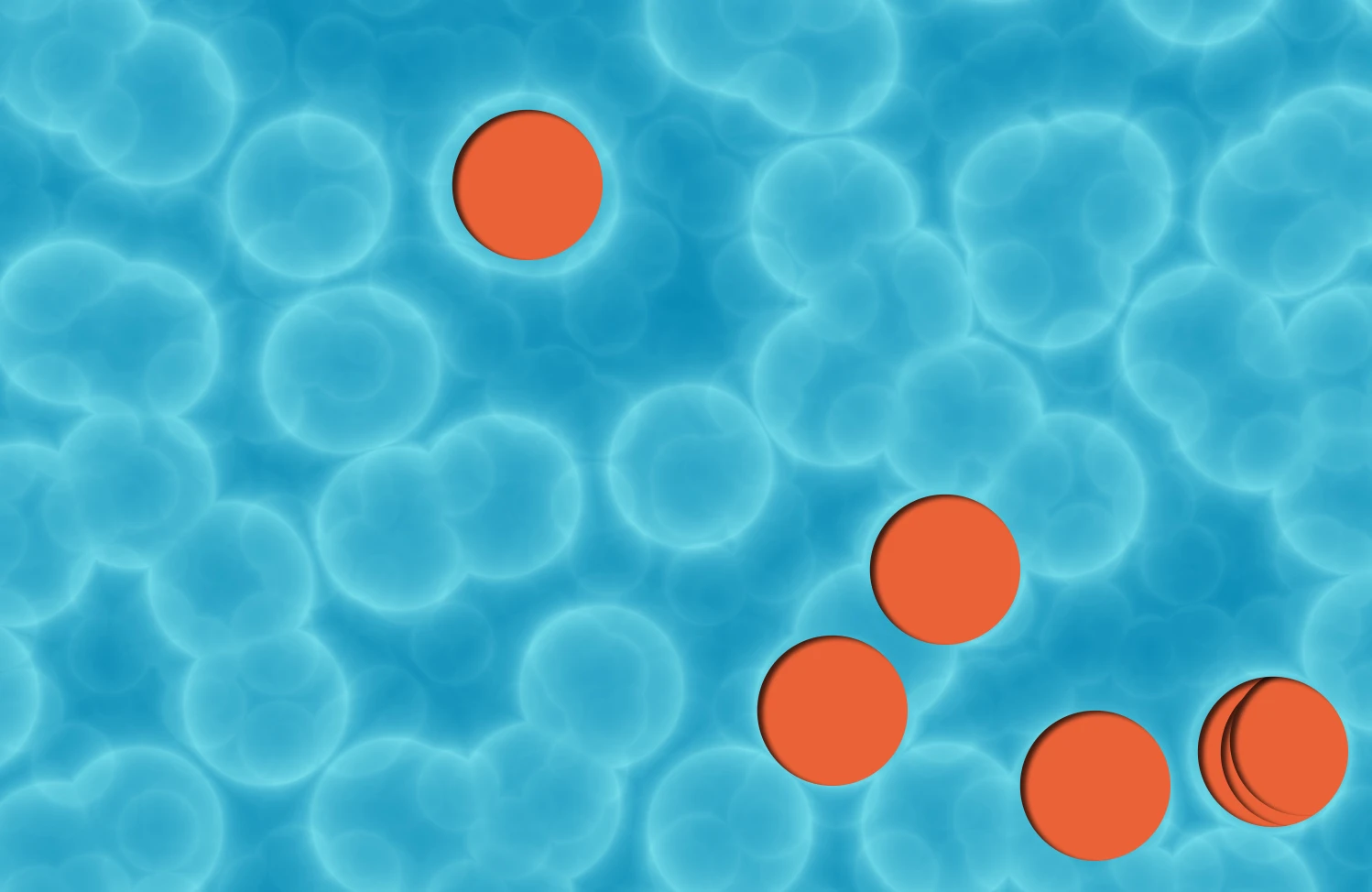Nanoparticles may help the body fight off cancer cells using its own immune system. New research shows that, in mice at least, not only tumors but metastases were completely destroyed using the therapy.
Among cancer’s array of dirty tricks are something called checkpoint molecules. Our immune systems employ T cells to patrol the body and detect any intruders. If they find something suspicious, they call in the regular immune cells for attack. To stop the T cells from mistakenly identifying friendly cells, we have something called checkpoint molecules, a kind of ID to tell the T cells to back off.
Cancer cells take advantage of this loophole by producing their own checkpoint molecules, with lets them stick around in the body without being attacked. Cancer drugs already exist to block these rogue checkpoint molecules, but they only work in 20% to 30% of patients, says Robert F. Service in Science. And that’s a real shame, because, says Service, “Such cancer immunotherapy can add extra years to patients’ lives.”

The new method, devised by University of Chicago chemist Wenbin Lin and team, uses an incredibly left-field set of tricks to make the cancer cells attractive to our T cells. First, carefully engineered nontoxic nanoparticles are introduced to the body. They are designed to go mostly unnoticed, but they are easily absorbed by tumors. The next step is to shine infrared light onto the particles. This activates chlorine-based molecules inside the particles, and these react with oxygen molecules, creating something called singlet oxygen, a highly reactive form of oxygen which tears the cancer cells apart.
This violent reaction opens the tumors up, revealing cancer antigens to the body’s immune system. The T cells have no problem detecting these new cells and call in the reinforcements. Thus primed, the immune system goes to work, mopping up metastases around the body.
In mice, the results were stunningly good. Not only were breast-cancer tumors wiped out, but metastases in the lungs were also destroyed. And the researchers say that human trials could begin in as little as a few months.
The technique seems promising, and because it uses non-toxic particles to destroy the tumors, and then relies on the body’s own immune system to clean up, it should have none of the side effects of something like chemotherapy. Then again, we’ve seen a lot of promising cancer cures come and go, so we’ll have to wait and see.
Recognize your company's culture of innovation by applying to this year's Best Workplaces for Innovators Awards before the extended deadline, April 12.
